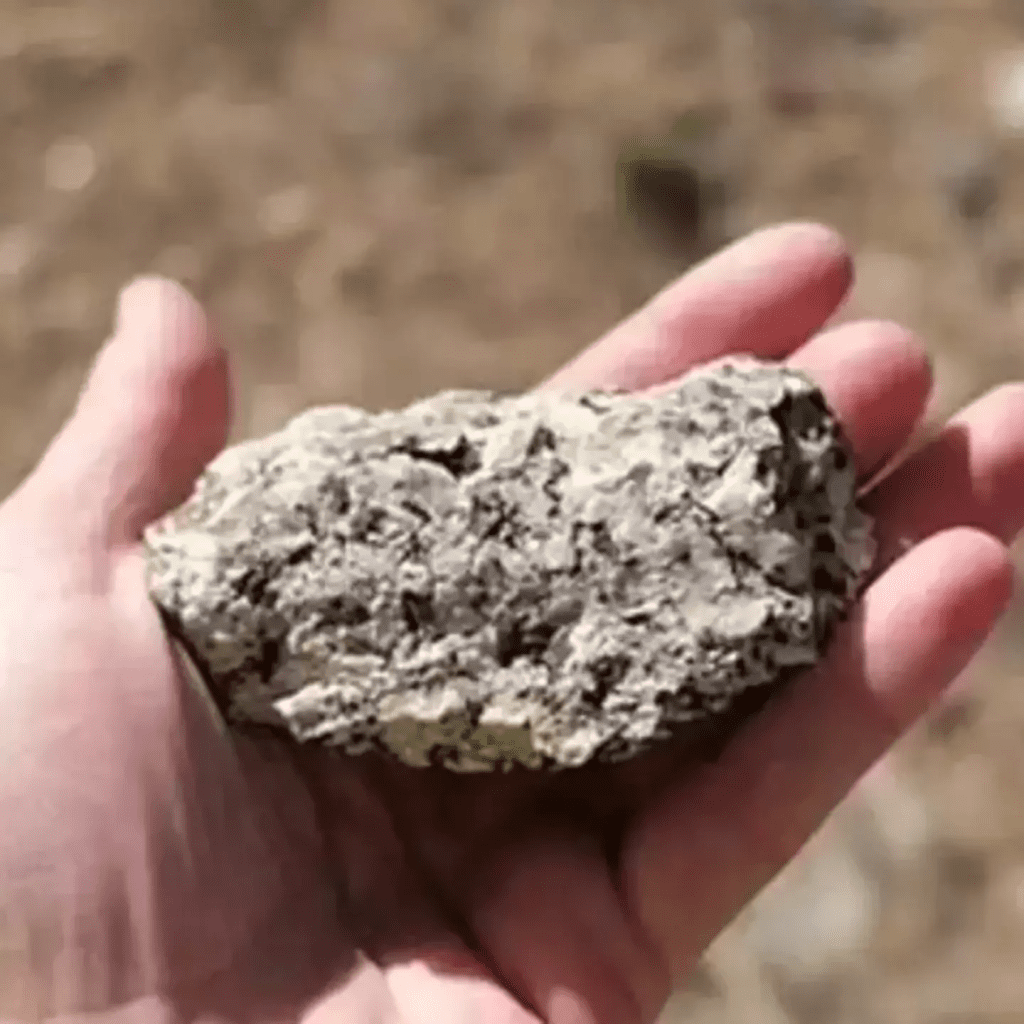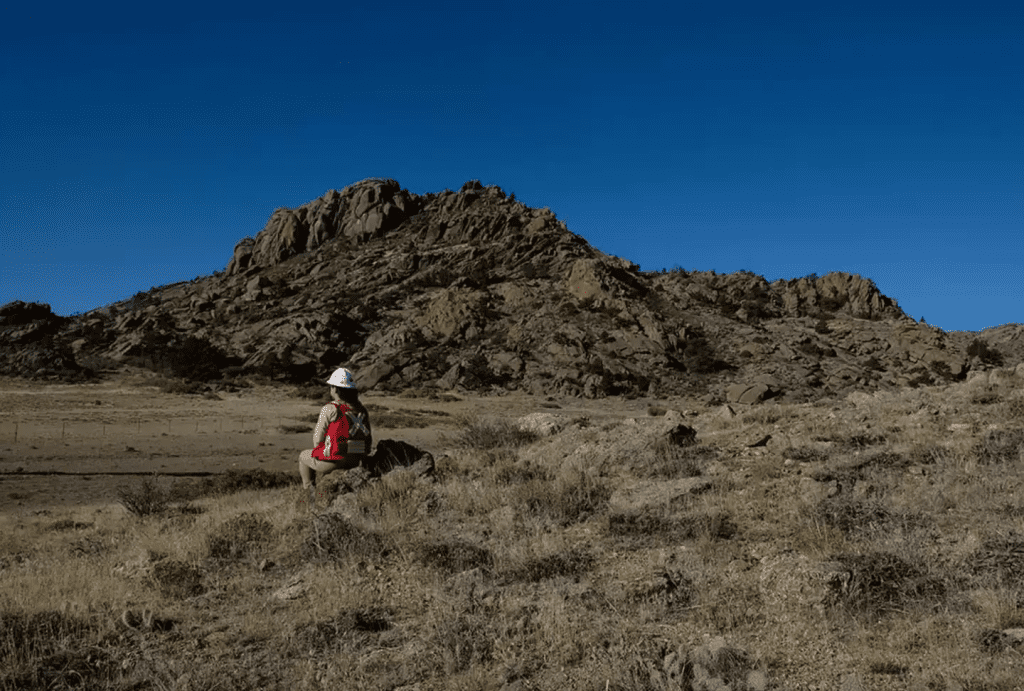The recent discovery of an immense reserve of rare earth minerals in Wyoming has sparked immense excitement and optimism for the U.S. economy. As tensions grow between the United States and China, and with calls for economic reform becoming louder, this newfound resource could offer America a fresh path to economic independence and global leadership. This article explores the significance of this discovery, its potential impacts on the U.S. economy, and how it might reshape the rare earth mineral landscape on a global scale.
The Strategic Importance of Rare Earth Minerals

Rare earth minerals are a group of 17 essential elements widely used in various high-tech and industrial applications. From powering smartphones and hybrid vehicles to enabling advanced military technologies, these minerals are indispensable to modern life. However, rare earth minerals are genuinely rare and difficult to mine and refine, making them valuable and strategically critical.
Currently, China dominates the rare earth market, producing 95% of the global supply and holding 31% of global manufacturing. Meanwhile, the U.S. relies on imports for 74% of its mineral supply, holding a mere 15% share of global manufacturing. This dependence has left the U.S. vulnerable, with limited control over critical supply chains. However, the discovery of over 2 billion tons of these minerals in the United States has the potential to reverse these dynamics.
American Rare Earths: The Pioneers of a New Era
American Rare Earths, an exploration company, discovered this significant mineral deposit in Wyoming. Since beginning their drilling project in early 2023, they’ve struck a mineral-rich vein filled with valuable elements, including neodymium, praseodymium, samarium, dysprosium, and terbium. These elements are crucial in technology applications like mobile phones, electric cars, aerospace components, and even light bulbs.
Only 25% of the designated drilling area has been explored, suggesting the potential for even larger deposits. According to Don Schwartz, CEO of American Rare Earths, the project exceeded expectations by increasing measured resources by 128% and raising the overall estimated resource yield by 64%. The implications are profound: as Schwartz notes, the rare earth mineral deposits could position America as a competitive powerhouse in the rare earth supply chain.
How Rare Earth Minerals Could Boost U.S. Economic Independence
The U.S. economy has long been impacted by its reliance on imported materials and the fluctuating costs associated with supply chain disruptions. Rare earth minerals are foundational to various industries, meaning that domestic production could boost the economy by reducing the reliance on foreign sources. By establishing a domestic rare earth mining and refining industry, the U.S. could:
- Enhance national security by reducing dependence on China for critical minerals used in defense technologies.
- Create jobs and spur economic growth in mining and manufacturing sectors.
- Encourage technological innovation as industries could source materials domestically and invest more in research and development.
- Lower prices for consumers due to stable, domestic production chains.
Moreover, as the U.S. gains more control over these vital resources, the economy could strengthen against external threats or trade restrictions. This increased self-reliance could allow the U.S. to compete more effectively in global markets and reinforce its position as a leader in high-tech manufacturing.
Ramaco Resources: Another Wyoming-Based Discovery
Interestingly, American Rare Earths is not alone in uncovering rare earth mineral deposits. Another company, Ramaco Resources, recently discovered a significant deposit of rare earth elements in Sheridan, Wyoming. This find is valued at an estimated $37 billion, though the exact scope and viability of Ramaco’s discovery are still under evaluation. Unlike conventional coal mines that rarely exceed depths of 200 feet, Ramaco is drilling nearly 1,000 feet to tap into these mineral seams, a much more ambitious and costly endeavor.

Randall Atkins, CEO of Ramaco Resources, has expressed excitement about the discovery but remains cautiously optimistic about the true potential of these resources. The deep drilling required for extraction raises questions about economic feasibility, making it a challenging project. Nonetheless, these overlapping discoveries underscore Wyoming’s potential as a significant source of rare earth minerals.
China’s Monopoly and the Opportunity for the U.S. to Challenge It
China’s dominance in rare earth minerals has long given it strategic leverage over other nations. By controlling the rare earth supply chain, China has positioned itself as the go-to source for critical resources that power much of the global technology infrastructure. For years, China has not only produced the lion’s share of these minerals but has also invested heavily in the refining and processing industries needed to bring them to market.
However, the discovery of substantial mineral deposits in the U.S. could disrupt this monopoly. If the U.S. can develop an efficient and environmentally sound extraction and refinement process, it could offer an alternative supply chain to countries that currently depend on Chinese resources. This shift would enhance global market competition and, potentially, lower prices for rare earth elements worldwide.
Environmental and Economic Challenges Ahead
Although the prospect of a thriving U.S.-based rare earth mineral industry is enticing, it’s not without its challenges. Extracting rare earth minerals is notoriously difficult and often results in significant environmental impacts, including soil degradation and water contamination. The U.S. would need to prioritize sustainable practices to prevent the environmental pitfalls associated with mining.

On the economic side, building the infrastructure for a rare earth mining and processing industry is both time-consuming and costly. Specialized processing facilities and advanced technology are essential to refining rare earth elements, a field where the U.S. currently lacks expertise and infrastructure. As such, the U.S. government and private companies may need to collaborate to build this industry from the ground up.
Looking Ahead: What This Means for the U.S.
If American Rare Earths and Ramaco Resources can develop viable extraction and processing operations, the U.S. could reshape the global rare earth mineral market. Such an outcome would support the U.S. in reducing its reliance on Chinese imports, fostering economic growth, and reinforcing its national security. Moreover, American industries dependent on these minerals could benefit from a reliable, homegrown supply, making the U.S. a leading competitor in the global technology and manufacturing sectors.
The U.S. still has a long way to go to establish itself as a world leader in rare earth minerals, and the journey will require careful planning, investment, and sustainable practices. However, this discovery in Wyoming marks a pivotal first step. By capitalizing on this opportunity, the U.S. could set itself on a path to becoming a major player in the rare earth mineral industry, potentially challenging China’s hold on this critical sector.
Conclusion
The discovery of over 2 billion tons of rare earth minerals in Wyoming holds enormous promise for the U.S. economy and its standing on the world stage. While the challenges are real, the potential rewards are transformative. If developed wisely, this rare earth mineral reserve could usher in a new era of economic independence, technological innovation, and industrial competitiveness for the United States. With the right infrastructure, sustainable practices, and strategic investments, America may soon be poised to become the new world leader in rare earth minerals. This could signify a seismic shift in global economics, ushering in an era where the U.S. emerges as a dominant, self-reliant force in critical mineral resources.


